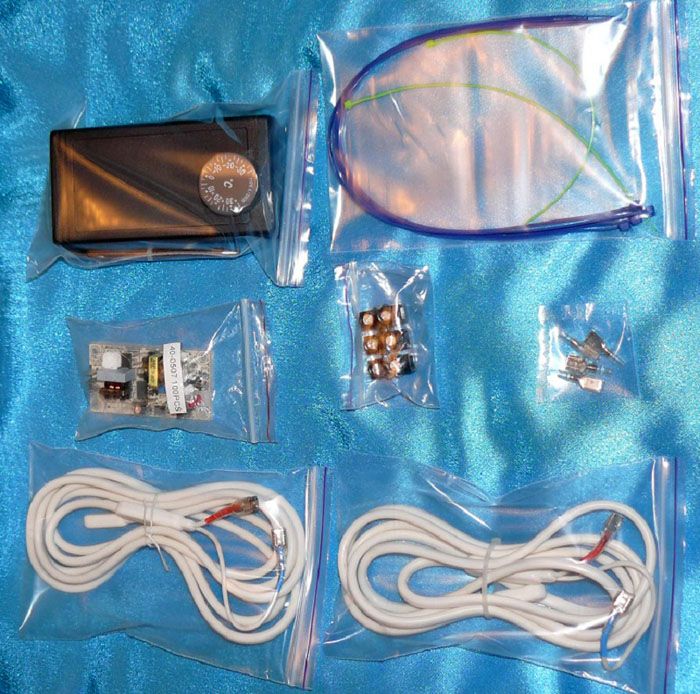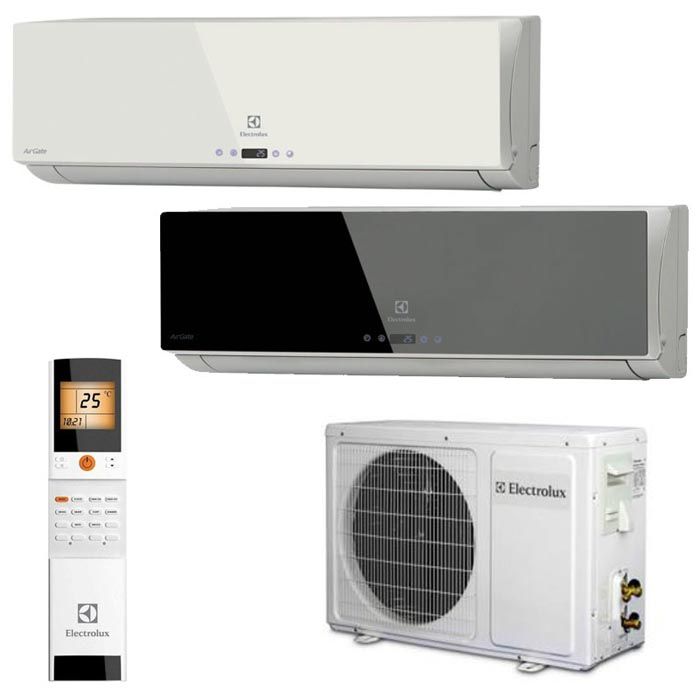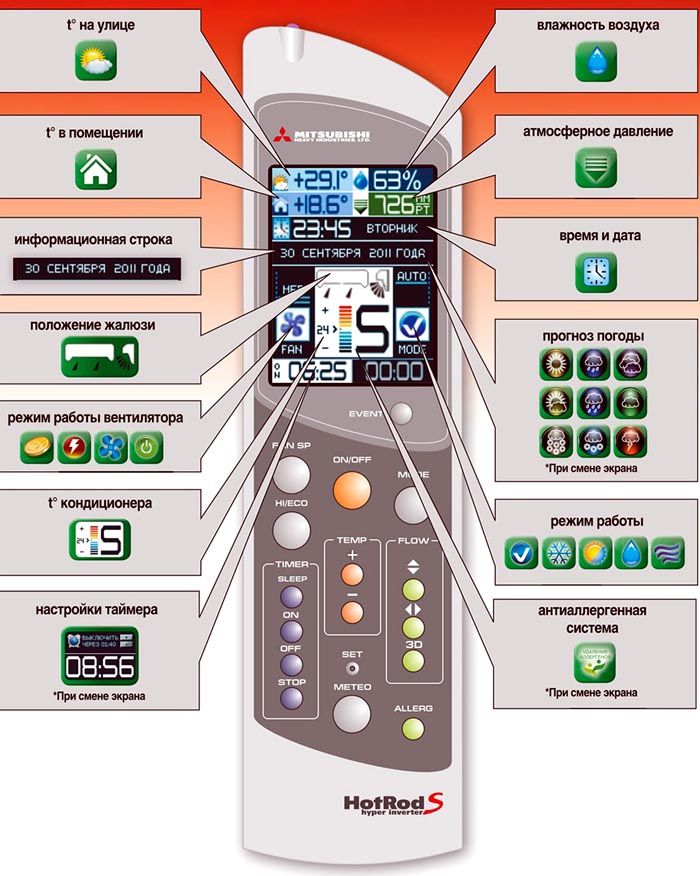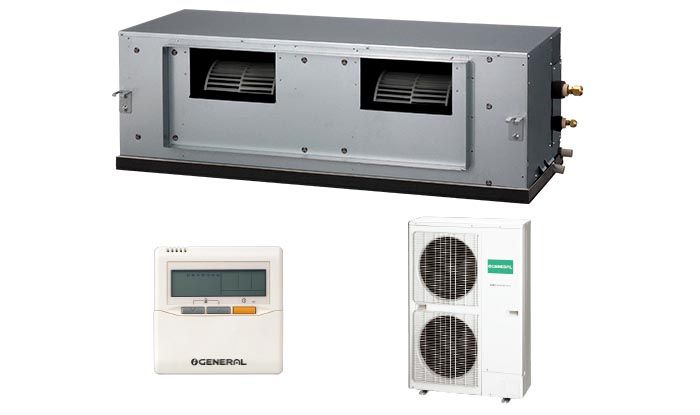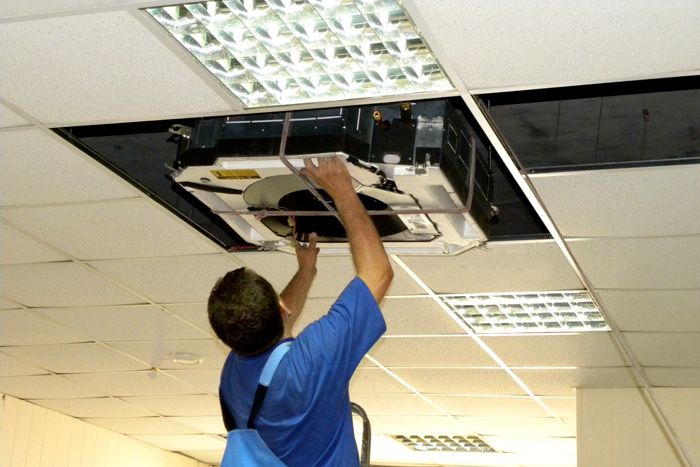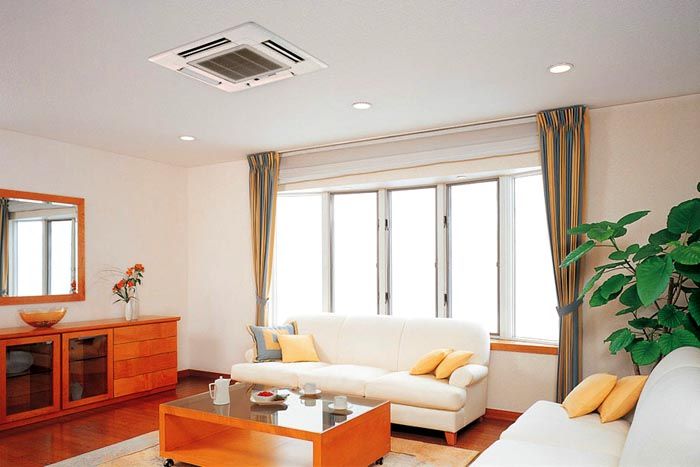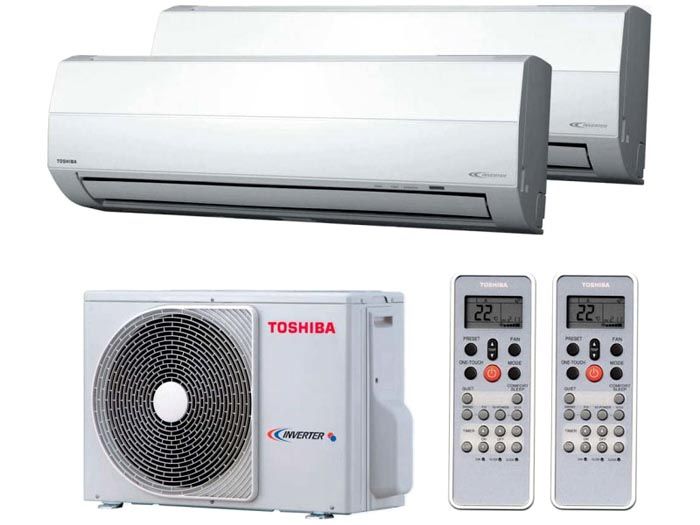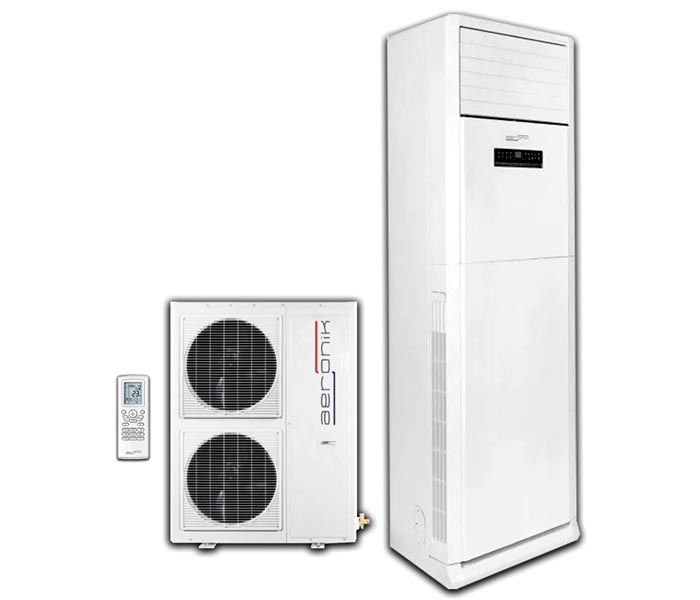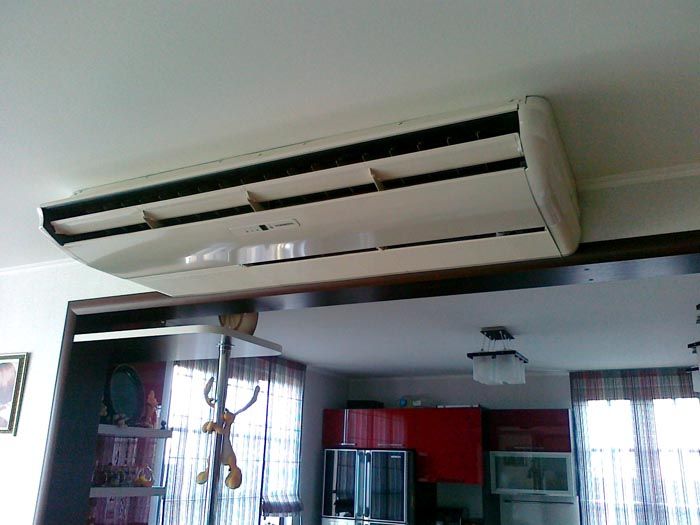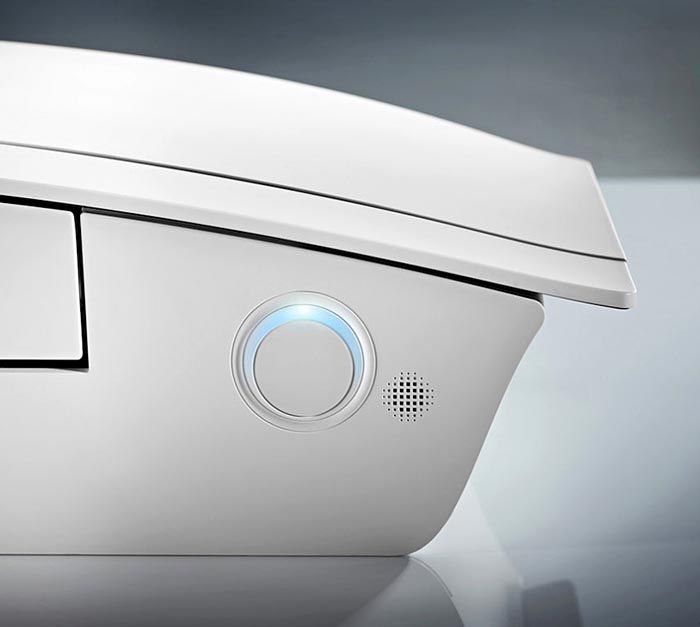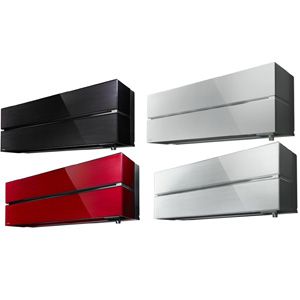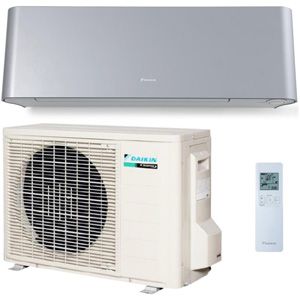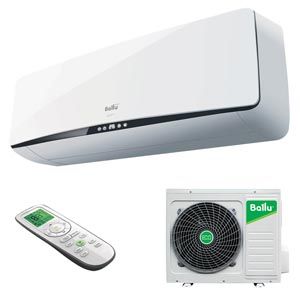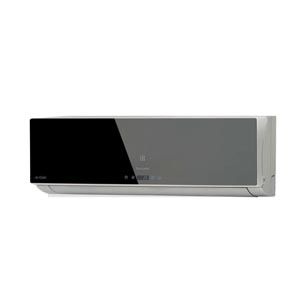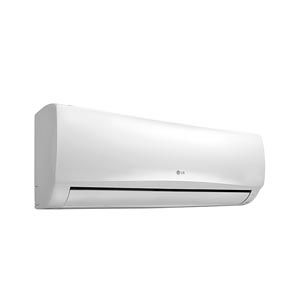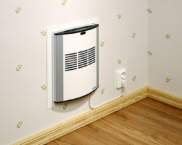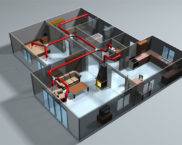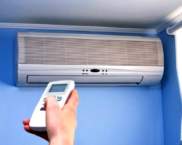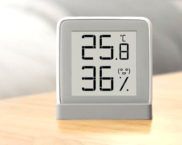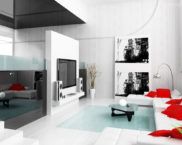Split system: what is it, how to choose and operate equipment without errors
In the widest assortment of the modern market of household climatic equipment, even specialized specialists experience difficulties. Therefore, even they carefully study the features of technical innovations before putting them into practice. In this article, we will explore the split system in detail. What it is will become clear with the help of the information below. They will be useful to you during purchase, during installation and during future operation.

To create a home with comfortable temperature conditions with minimal costs, carefully read the recommendations in this article
The content of the article
- 1 Split system: what is it compared to conventional air conditioning
- 2 Advantages and disadvantages of a split air conditioning system for an apartment
- 3 The principle of operation of the split system
- 4 Basic elements and installation of a split system
- 5 How to organize space heating using split systems
- 6 What is inverter split systems
- 7 What is split refrigeration systems
- 8 How to choose the right split system
- 9 The main types of household split systems
- 10 Overview of the main models and manufacturers of split systems
- 11 How to buy a split system: prices, catalogs, technical features
- 12 Video: correct installation of a split system
Split system: what is it compared to a conventional air conditioner
A classic air conditioner is a technical device that is used to cool the air in a room. Quite often, all the main components are connected in a single block.
The split system is divided into two functional parts. The compressor is installed outdoors. A block with a heat exchanger is mounted inside the room and fan... Many modern models are equipped with heaters, filters. This equipment significantly expands the basic functionality.
Advantages and disadvantages of a split air conditioning system for an apartment
Removing the working unit outside allows solving the following problems successfully:
- Large ducts are not needed to remove warm air.
- Outside, there are noisy units (compressor and large fan).
- Inside, it is easier to provide a comfortable environment and an attractive appearance. Here you can use compact heat exchangers, quiet fans.
- The use of several indoor units (as in the figure) provides the creation of independent temperature regimes in separate rooms. This increases the overall reliability of the system indirectly.
A significant drawback is the complex installation. Particular difficulties arise when working at high altitudes. In some situations, you have to use the services of specialized teams of industrial mountaineering. This significantly increases the cost of the project, but is necessary to comply with safety regulations.
To create holes and channels, a special tool is used, perforators with powerful electric drives. It is not profitable to purchase special technological equipment only for this case. Therefore, again you have to turn to the help of experienced specialists.
Important! We should not forget about the current prohibitions to change the appearance of buildings. In addition to paying the fine, you will have to dismantle the external unit. To eliminate unnecessary costs, you should check the presence of such restrictions with your local architectural office.
The principle of operation of the split system
With the help of this figure, we will understand exactly how a typical split system functions. The compressor creates the pressure in the system necessary to move the coolant. When heated, the refrigerant is supplied from the room. On the street, it cools down, transforms into liquid. In this state, it enters the heat exchanger of the indoor unit, where it cools the air. Here, the transition to gas takes place, which flows through the pipes to the compressor. The control valve shown in the figure is controlled taking into account the room temperature control.
Basic elements and installation of a split system
To evaluate the technique objectively, it is necessary to clarify the parameters of its components. The transport line of the split system is made of copper pipes, resistant to corrosion processes. The same products can be used to drain condensate from the indoor unit. But to save money, polymer tubes are used. The liquid is directed to the drainage system, or directly to the street.
Note! To ensure high-quality drainage, the slope of the drainage line is maintained at 2-4 degrees in all horizontal sections. The turns are not too sharp. On such sections of the route, the optimal angle is 45 °.
Outdoor unit
The following elements are marked in the figure:
- The intricate blade shapes of modern fans (1) generate strong airflow without unnecessary noise. This reduces the likelihood of complaints from neighbors.
- The powerful compressor (3) compresses the refrigerant and moves it along the line at the desired speed.
- The condenser (2) cools the gas mixture. Numerous radiator fins increase the efficiency of the unit, accelerating the transfer of excess heat to the environment.
- A built-in filter (4) is installed in front of the compressor. It retains mechanical impurities that can damage the piston system.
- Flanged connectors (5) are required to connect copper pipes. The protective cover (8) prevents precipitation from entering this area, prevents the formation of corrosion processes.
- The four-way valve (7) is used in multifunctional split systems that can operate in heating mode.
- The electronic control board (6) is installed in inverter models.
For the installation of split systems, standard fasteners are used, which are included in the kit by the manufacturer.Be sure to follow the official instructions to ensure that the equipment is securely anchored to the vertical wall. Installation on a balcony (without glazing), roof is permissible. Positioning away from windows will prevent noise and vibration from entering the living area.
Indoor unit
Below are the design details for this part of the split system:
- To securely fix the device, a special metal plate is first fixed on the wall (1).
- A back cover (2) with cutouts for pipes and other parts is attached to this element.
- The drum fan is driven by an electric motor (3), which provides uniform airflow to the working area of the evaporator (4). This heat exchanger is made of tubes with transverse plates.
- Vertical (5) and horizontal (8) louvers direct the air flow. They are moved by built-in electric drives.
- A mesh filter (9) is installed on this part (7), which is covered with a decorative grill (10).
- The remote control (11) and the electronics board (6) are used to quickly change the modes.
How to organize space heating using split systems
The attentive reader noticed a four-way valve in the description of the external unit. With its help, the refrigerant can be circulated in the opposite direction. The functionality of the split system is changing. From a cooler, it turns into a heater. Efficiency is determined by the difference between indoor and outdoor temperatures.
Since the cold in this case is taken outside, difficulties arise in the winter. In order to prevent freezing of individual units, they are insulated, equipped with built-in heating elements. Some specialized models remain operational down to -10 ° C and even in more severe frosts.
Important! Be sure to read the manufacturer's instructions and the minimum outdoor temperature limits. If you do not follow the official recommendations, the service life of the equipment will decrease, the conditions for fulfilling the warranty will be violated.
Since in this case the principles of technology are applied "Heat pump", you can get good efficiency indicators. However, maximum efficiency is limited to -5 ° C. It is for this reason that the heating mode is used as an auxiliary tool. They are not replaced by traditional heating systems, and is used as needed when weather conditions worsen in spring, autumn and summer.
With the help of such a kit, you can maintain the performance of equipment in frosts down to -20 ° C. To obtain the desired result, the rotation speed of the fan blades is reduced. It is automatically adjusted using the current temperature reading. A special element heats up the oil and makes it easier to start the compressor. The drain tube is prevented from freezing in the same way.
What is inverter split systems
The specific name of this group of equipment is explained by the special transformation (inversion) of the current of the standard 220 V network. From alternating it is transformed into direct. Next, signals of the desired frequency are generated, which are used to power the compressor. As a result, it becomes possible to smoothly adjust the performance of this unit. Let us consider the advantages in detail using the figure.
The operation of a conventional split system is shown with a gray line. Here the compressor is able to perform its functions only at a constant speed, which is demonstrated by segment (1). The temperature changes are slower compared to the inverter model (green curve). By changing the frequency, you can increase productivity, quickly get the desired result.
In operating mode (2), maintaining the temperature with standard equipment is not effective enough. The room temperature is either too high or too low.The inverter split system performs its functions smoothly (3), without unnecessary energy consumption. An additional advantage is the absence of voltage surges that can damage the electronics connected to the network. Accurate speed variation reduces wear and extends compressor life.
Pay attention to the following "pluses" if you are going to buy an inverter split system:
- reduction of noise level;
- more accurate maintenance of the temperature set by the user;
- elimination of reactive loads, reduction of heating of power cables.
For inverter split systems, the price is higher. But such an investment pays off over time. According to experts, the service life of such equipment is 20-25% longer, and the cost of electricity is 30% less compared to standard counterparts of the same power.
Note! Inverter models are sensitive to line voltage surges that can damage the electronic controls. Certain current conversion losses reduce efficiency in continuous operation.
What is split refrigeration systems
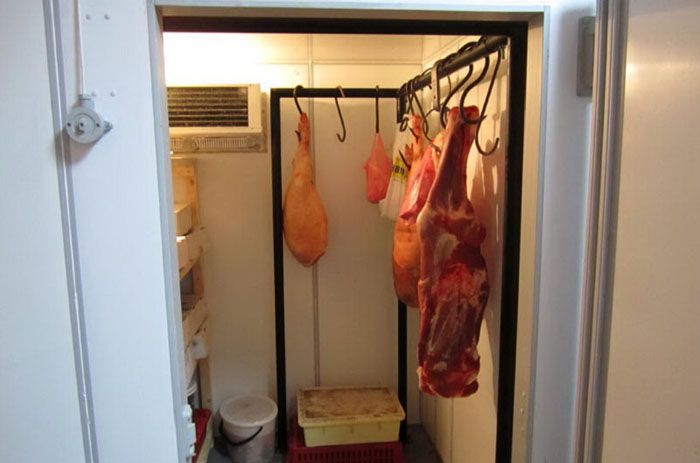
Installations of this category are used for cooling food in special chambers of commercial and industrial enterprises.
This technique is used on indoor skating rinks, in flower shops, where only cooling is needed. In the assortment of manufacturers there is a "shock" freezing technique, which is able to reduce the air temperature to -35 ° C. These techniques can be used in everyday life for organizing long-term storage of food products.
How to choose the right split system
Many manufacturers indicate an approximate area of premises, for which certain models of equipment are intended. But for more accurate calculations, you can use specialized calculators. Below is an example of such calculations:
| Parameter | Unit measurements / options | Value |
|---|---|---|
| Type of premises | Office / Residential / Industrial | Residential |
| Room area | m sq. | 32 |
| Ceiling height | cm | 280 |
| Window orientation | South North West East | |
| Appliances (computer, TV, refrigerator) | PC | 1 |
| Number of people | 2 | |
| Split system power | kWh | 3,88-4,49 |
When studying this market segment, you can find the designation BTU per hour (BTU / h; BTU). These are units of measurement based on British standards. Indicate rounded values (7000; 9000; 12000; 18000; 24000 BTU), which professionals call "sevens", "nines", etc. To convert to metric values, use the ratio: 1000 BTU / h = 293 W.
Note! It is better to make a small margin of 10-15% in order not to experience a power shortage in the most unfavorable weather conditions.
Calculator for calculating the required power of the air conditioner
Other important characteristics
The next important parameter is the noise level of the indoor unit. To obtain minimum values, you need to pay attention to inverter-type split systems. The best samples provide a level in quiet modes of less than 18 dB, which does not bother at all even in the absence of music or other masking sounds.
It is not difficult to find the desired appearance in the varied assortment. As a rule, manufacturers create neutral aesthetic characteristics. These products look natural when combined with modern and classic furnishings.
With the appropriate equipment, the owner of this equipment will receive operational information about the air temperature outside and indoors. The color display shows time and date, humidity, atmospheric pressure, weather forecast, menu, operating mode. The user can control the direction and speed of air flows, turn on additional filters. Using a timer, enable / disable is set according to a specific time schedule. Special dehumidification mode eliminates the accumulation of condensate in the indoor unit, eliminates favorable conditions for the life of microorganisms.
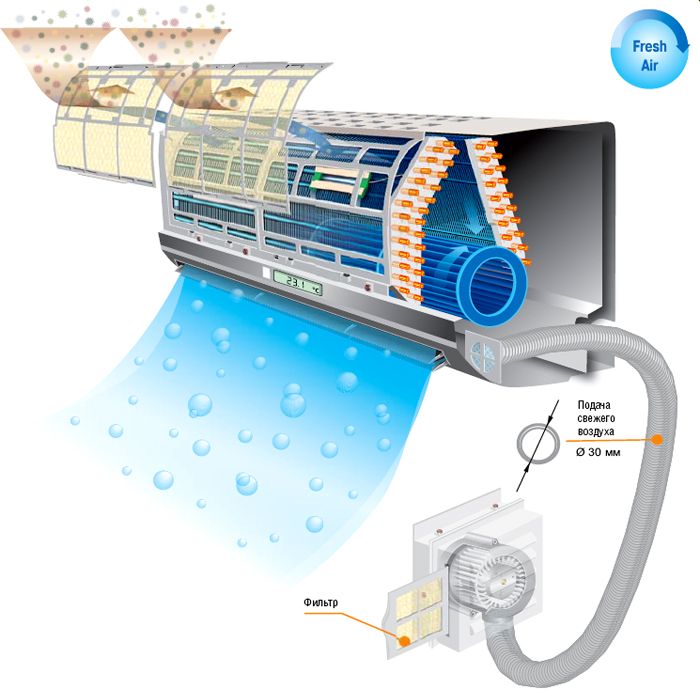
In this model, the manufacturer has installed a fresh air supply system. Do not forget that a special piping is required to activate this function.
Related article:
How to choose an air conditioner for an apartment with the necessary parameters, without overpaying, how to install it yourself without errors, common device problems? More details in this material.
The main types of household split systems
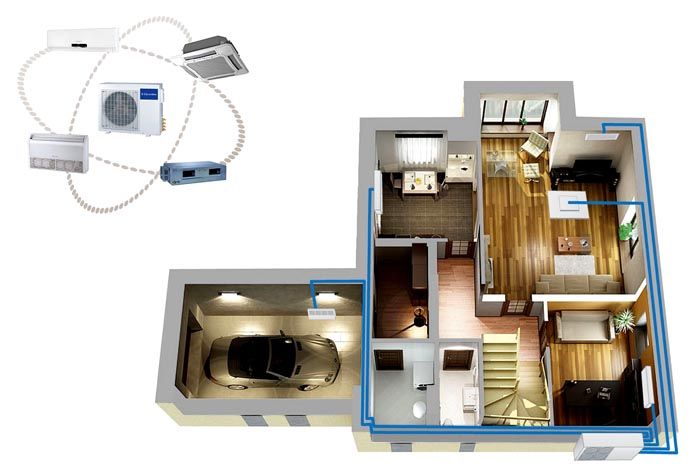
For each room, you can choose an indoor unit that is optimal in terms of technical and aesthetic parameters
Wall mounted
In this design, the indoor unit takes up little space. As a rule, it is installed closer to the ceiling. The photo is not an ideal option, as the cold air stream will hit the users. This provokes colds and other diseases. In order not to complicate the operation with complex settings, install these elements above the head of the bed, behind the back of the sofa.
Duct
But instead of a remote control with an infrared emitter, similar stationary devices for wall mounting are used. Indoor units are installed in the routes of ventilation ducts. If necessary, they are supplemented with filters, heating elements. A clear advantage is the secrecy of the installation. Disadvantages:
- high price;
- the complexity of installation;
- difficulties in the repair and maintenance of split systems.
These split systems are installed during the construction phase. Indoor units, pipes and power cables are hidden behind decorative panels.
Ceiling and cassette
This technique directs air flows in different directions, which ensures a quick and even temperature change without drafts. This arrangement reduces the noise level. It is only suitable if the ceiling height is sufficient.
Multi split systems
They are installed in different rooms, equipped with separate remote controls. In each room, the user sets an independent mode of operation, taking into account individual needs.
Floor and column
They are designed for harsh operating conditions and provide high performance.The powerful fan motors and other components are heavy, which is why a floor-mounted version is available. This technique can be used in everyday life to create comfortable conditions in large rooms.
Related article:
Floor air conditioner without duct. No installation costs, plus no need to break the walls. You can put it anywhere in the apartment. All about the advantages and disadvantages, the choice of model and installation rules - in this material.
Overview of the main models and manufacturers of split systems
Modern production methods are distinguished by the widespread use of automation and cooperation. These trends ensure high quality at low cost, reasonable prices and similarity to popular models. An attentive person has to study many small details in order to buy a split system (air conditioner) without mistakes, to choose a really best model for himself.
Split system Ballu
This manufacturer offers a wide range of duct, floor standing, cassette and wall models. The company occupies a leading position in Russia and the CIS market. In 2015, a deep modernization of technological processes was completed, which significantly improved the indicators of competitiveness. The development of new products is carried out in partnership with the University of Milan, the German EBMPAPS, other research and scientific centers.
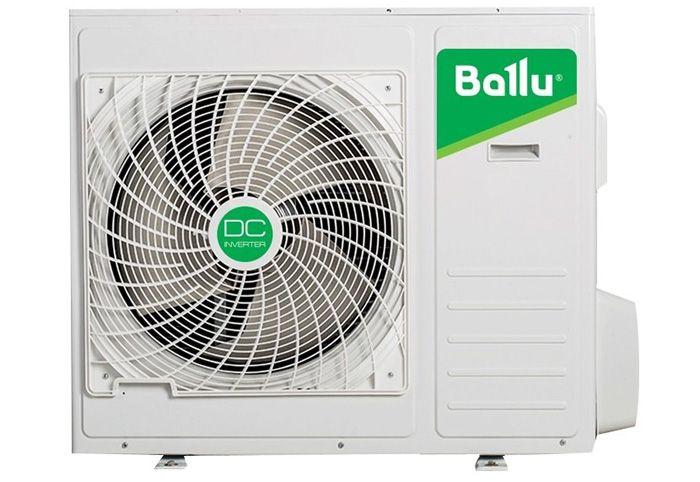
You can buy and connect up to 4 internal elements to the outdoor block of a multi split system with a route length of up to 60 m
Split system Electrolux
This reputable manufacturer (Sweden) does not need any special recommendations. Reliable technology is more expensive than comparable competing models. But such an acquisition is made for many years, taking into account the impeccable performance of functional tasks.
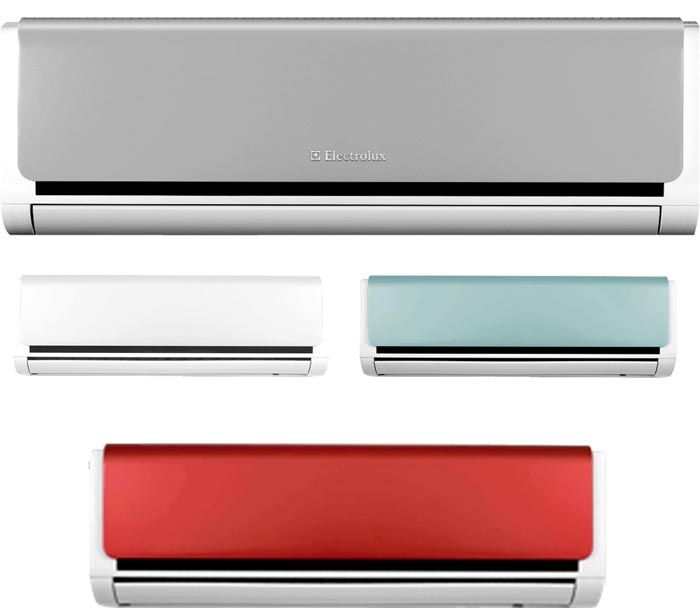
Replaceable panels of the Electrolux split system can be replaced to select the desired color scheme
Split system Daikin
This Japanese corporation has been producing climate technology for over 80 years. The new generation of split systems is characterized by increased energy efficiency (class A +++). Some models are capable of ventilating, dehumidifying, humidifying and purifying air in addition to heating and cooling. They maintain a comfortable indoor environment automatically, with high precision, based on the operational analysis of several important indicators.
How to buy a split system: prices, catalogs, technical features
The cost of a split system depends on many factors. Power and functionality, appearance and brand are important. Please note that some of the newer brands outperform similar brand names. In some cases, the overpriced split system is explained by the presence of Wi-Fi control, another fashionable option. You should check if you really need such additions.
For more information and exchange of views, use the comments to the article. With the help of the owner's recall, it will be easier to buy an inverter-type split system, or another specific model of climatic technology without errors.
And finally, a short video.
Video: correct installation of a split system










